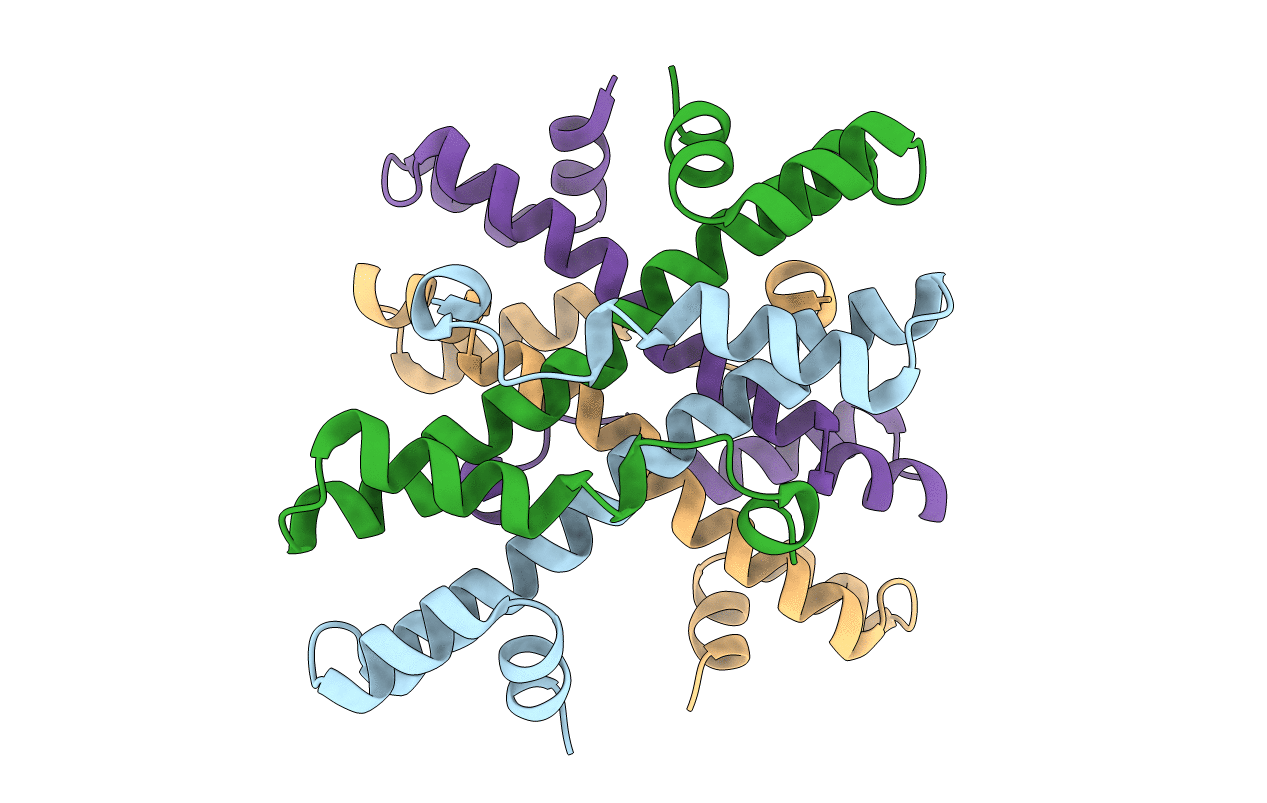
Deposition Date
2014-11-07
Release Date
2015-09-16
Last Version Date
2024-10-16
Entry Detail
Biological Source:
Source Organism:
Sulfolobus sp. NOB8H2 (Taxon ID: 84600)
Host Organism:
Method Details:
Experimental Method:
Resolution:
1.90 Å
R-Value Free:
0.22
R-Value Work:
0.19
R-Value Observed:
0.19
Space Group:
P 1 21 1


